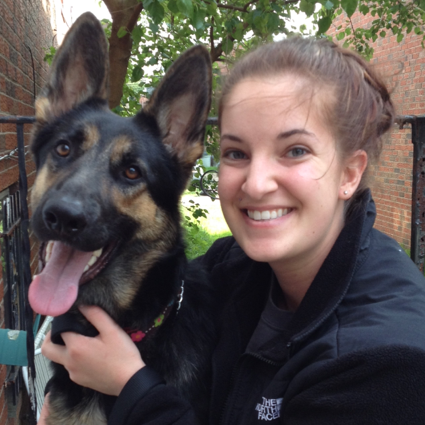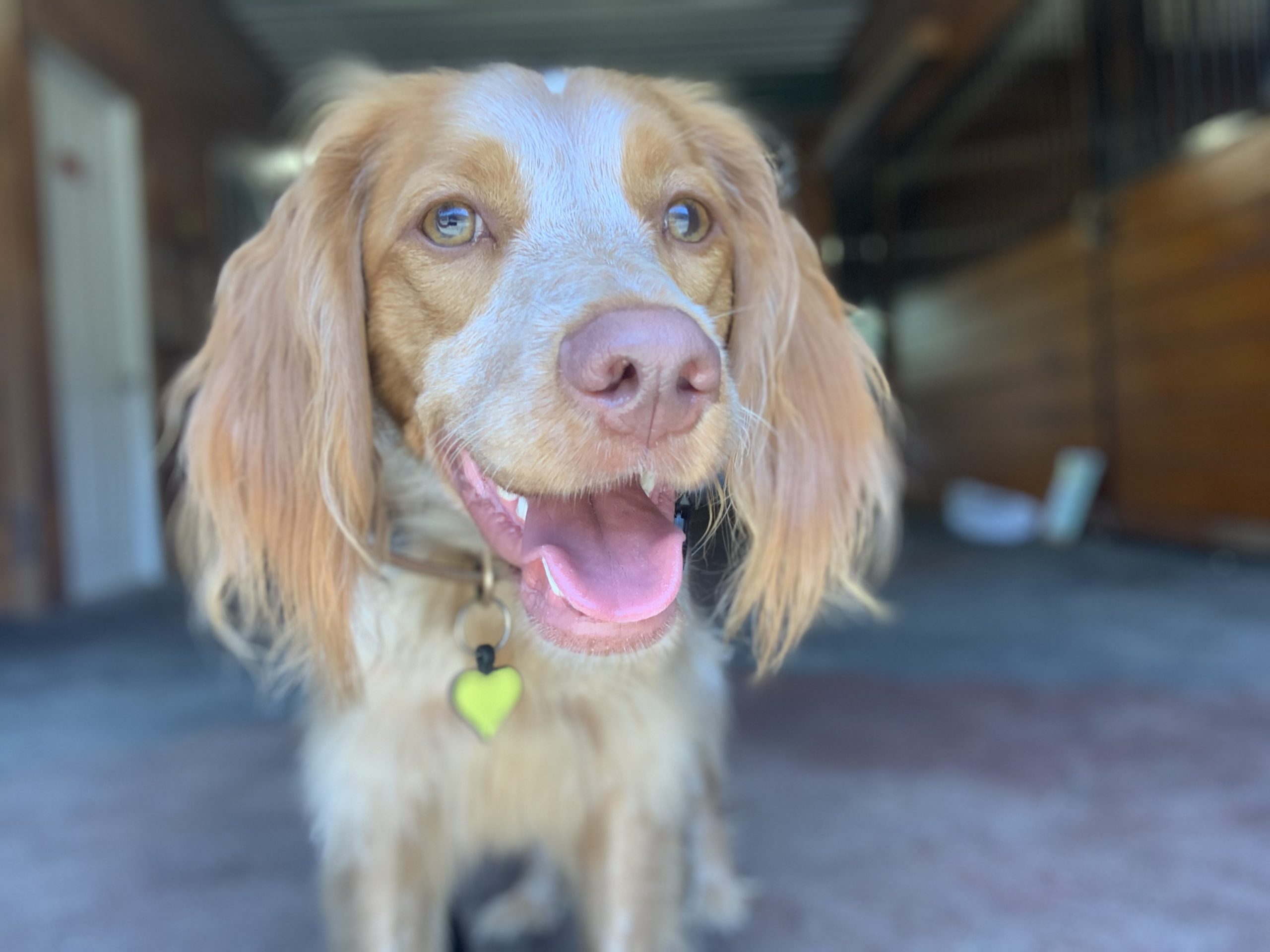With today’s current climate and an increase in working from home, our time spent with our dogs may have changed a bit in the past few months. Some of us may be wondering how to work through certain behavioral issues our dogs are expressing, while others may be at a loss of what to do with our dogs while still maintaining social distancing!
If you have been spending more time with your pup, recently adopted a new family member, or just want to increase your training difficulty, this is for you.
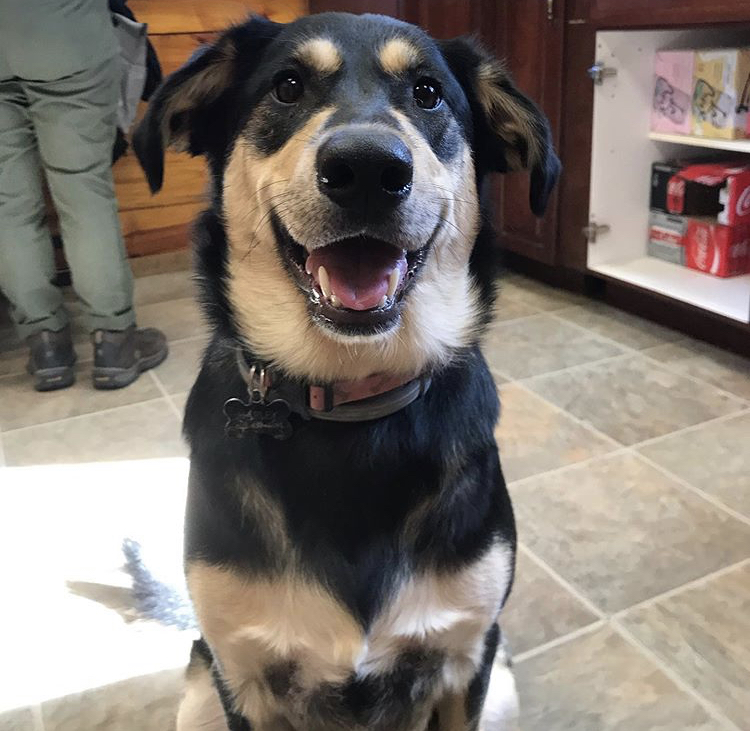
At Home
If you have newly adopted a dog, you will want to start with training basic commands in a calm environment, like your living room. We are speaking a foreign language to our dogs, so we need to help them understand what we mean when we say a command such as “sit”.
This is extra hard when there are sounds, smells, or the busyness of the city outside, so we start in a quiet, low-distraction area. We use positive reinforcement by treating our furry pal when they have done the correct thing to encourage that behavior to occur again, and then we can start to add a cue, like the phrase “sit”. Our online classes or practicing what you learned in class is a great way to spend time with your pup, drain mental energy, and help them solidify their basic commands.
Once you have the basics down, we can increase our difficulty. This is by fading the treat lure, or adding distance, duration, or distraction to our well-known commands.
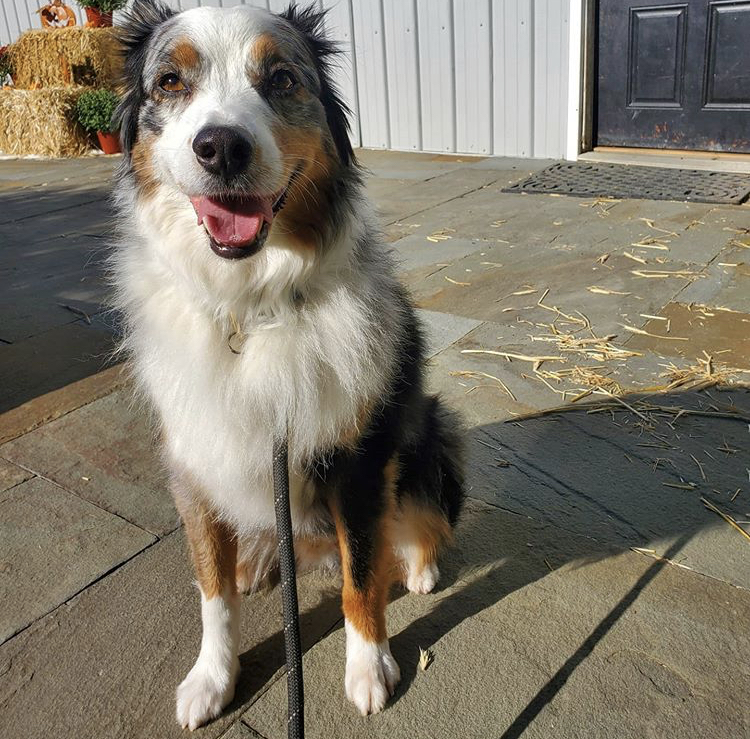
For example, if Max knows “sit” with a fist hand signal very well, I can start to make that harder by asking him from further away or working on sits in different rooms or on the back patio. I can add a “stay” to my “sit” and increase that duration of time, and I can make my cue verbal by gradually removing the hand signal! All of this takes practice throughout a few training sessions. Training sessions should be short (I prefer 15-minute training sessions as my dog or I won’t burn out as easily), fun for both the owner and the dog, and over time I can start to increase my expectations and criteria for the dog to get the treat.
Getting a tricks book is a great way to find some content for your daily training session. Just open up to a trick you’re interested in and start at the beginning steps. We can always make commands harder or explore different ways to teach one command. When not training, I like to work my dog’s brain using some indoor engagement tools as well, such as food puzzles or chew activities.
Outdoor Dining
If you are comfortable enough to go to outdoor dining, this can be a good way to work your dog’s obedience. Down-stays are one of my favorite tools to use when at an establishment, which helps me control the space my dog takes up and encourage calm feelings.
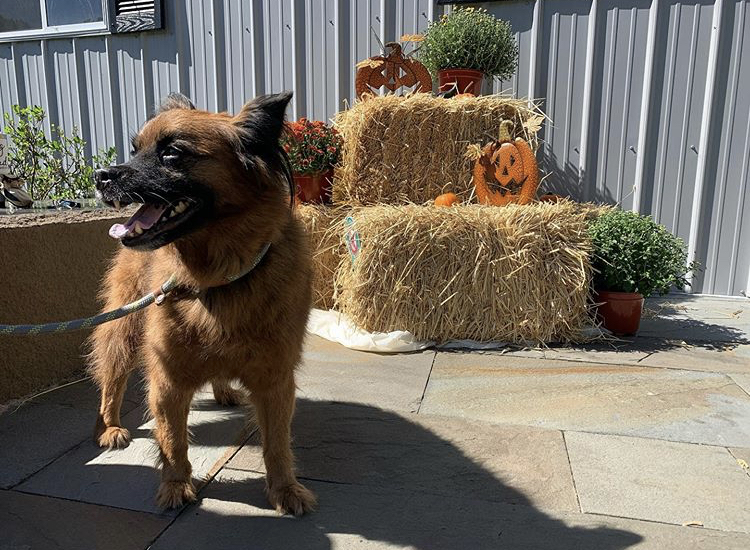
Start small.
Doing a 45-minute down-stay in the beginning of your dog’s training journey is probably not realistic. I usually start at 30 seconds, working towards 1 minute, then eventually a 5-minute down-stay while I drink coffee on a bench. I also start at a lower distracting environment taking account of foot traffic, sounds, etc. My dog is going to do much better at her down-stay at a quiet coffee shop than she would going to a dining sidewalk outside Rittenhouse Square.
Leave it, look, drop it are a few more basic commands that can be useful tools to work on while at a restaurant. Prevention is key, but sometimes a napkin falls off your lap and before you know it, Fido has picked it up! For those of us who have mastered the basics and are working on more intense training, teaching your dog to fetch a dropped item may come in handy.
Parks and Trails
If you are comfortable going to parks or trails, this is a great place to get some fresh air and train your pup. I love to work on long leash recall off many different distractions while in these open areas. I use a 25-ft leash, allow my dog to get distracted, call her back using her “come” cue with chase, and then reward her with high-value treats. I also love to work down-stays for calm, tricks, and some outdoor agility. My dog loves to jump up on ledges, go under benches, and put her “paws up” on different surfaces.
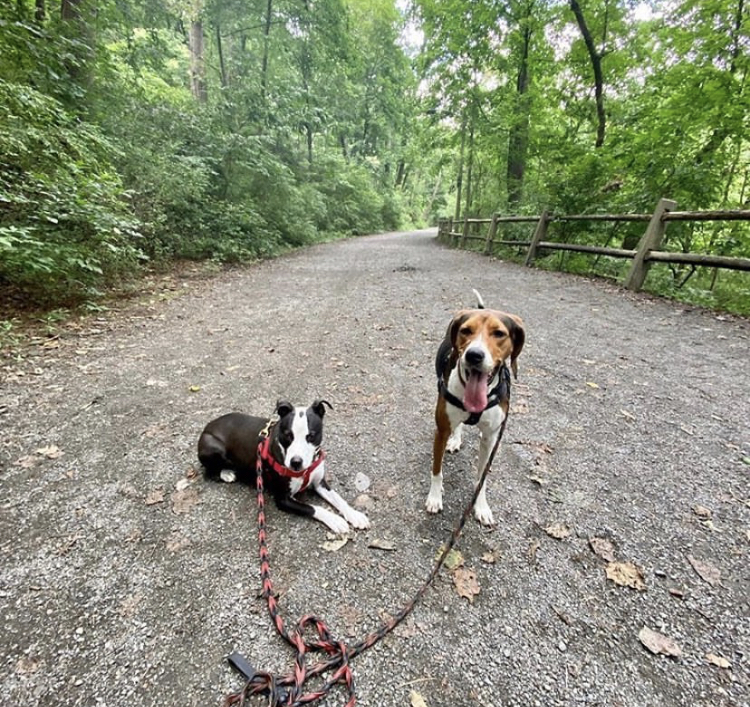
Walks
You may be going on extra long walks to try to alleviate some of your behavior issues through physically draining some energy. Walks are great! Smelling the world is very beneficial for dogs, while the exercise is also important. Did you know you can also turn these walks into mental exercise as well? Or, perhaps the walks are not as enjoyable as you had hoped because Fido is pulling heavily.
1. Find the best harness option for you and your dog. From a halti to a front clip harness, the right tool can help a lot in controlling the situations that arise. However, a harness rarely fixes the problem, and loose leash walking training helps allow your dog to know what walking you want from them and removes the tension on your leash (and arm). Formal walking skills help dogs with anxiety in the city or dogs who forget you exist when distractions are present.
2. Take this training slowly. Like everything else, I start on quiet streets for short amounts of time and slowly build up my duration and distraction levels.
3. Sure to use appropriate treats. My dog will not take boring old kibble if she has to walk by another dog appropriately.
4. Make it fun. Add tricks to keep your walks interesting, or down-stays to help your dog calm down mid-walk. Look, leave it, drop it, are some beginning commands that I increase difficulty on during my walks.
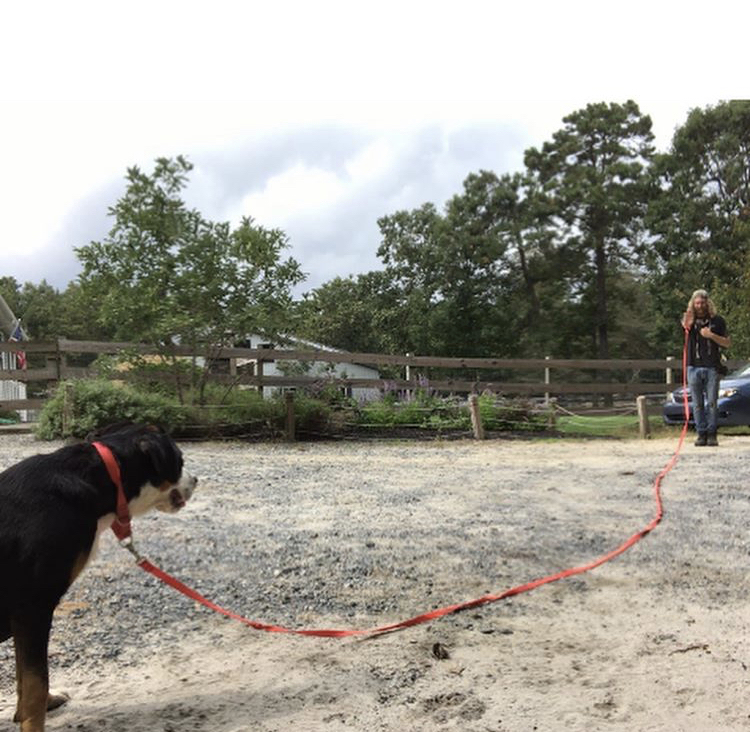
Now is a great time to increase your dog’s training, strengthen your relationship, burn some energy, and get out of the house while staying safe. Keep it fun, positive, and slowly increase difficulty, and you will be amazed at what your dog can learn!

